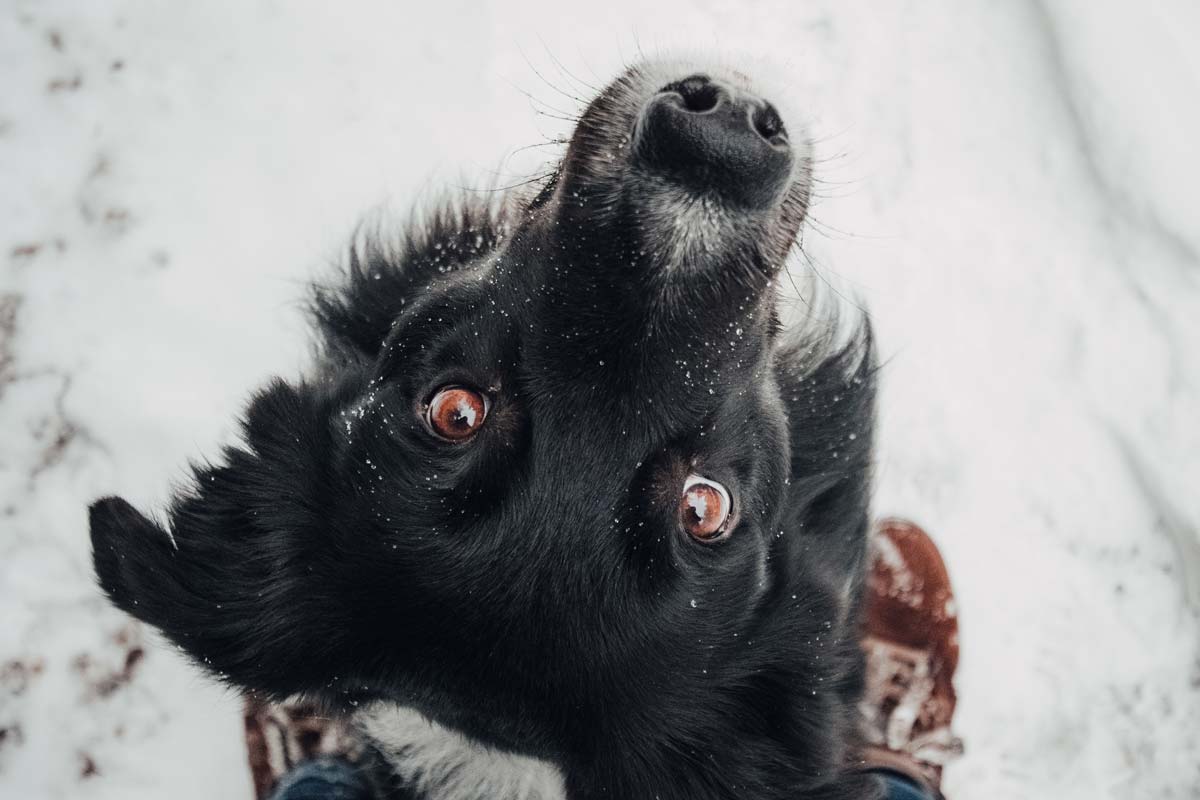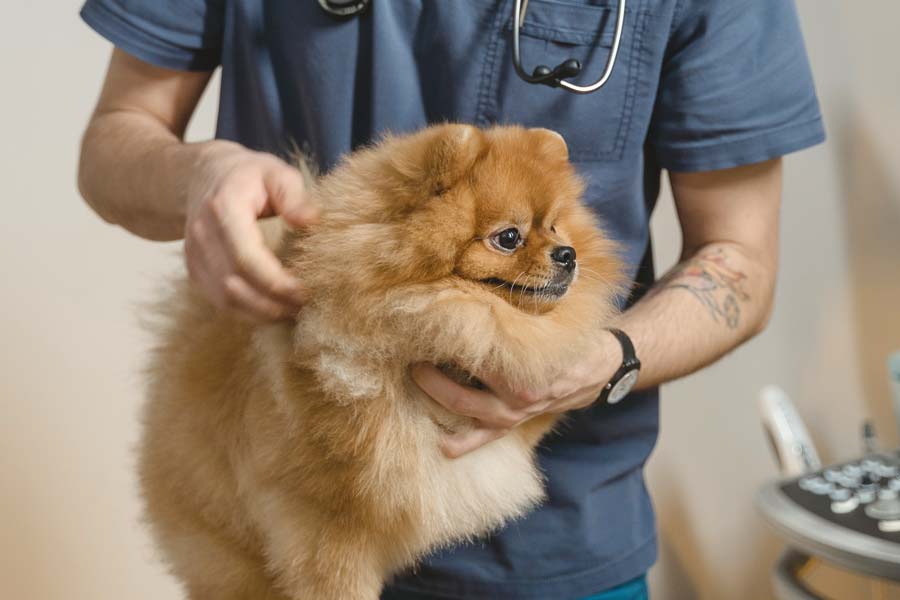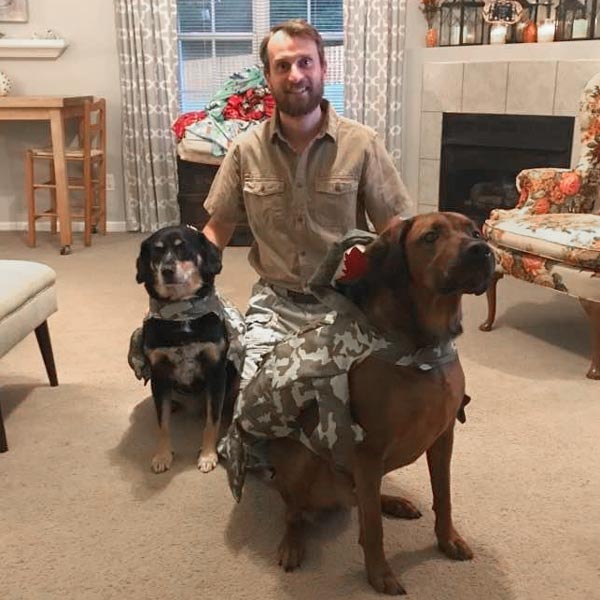What Is a Trust Account?
In many ways, building trust with your pets is like growing a financial account. A behavioral trust account is one that is created by the interactions we have with our animal companions. Each time we have an interaction with our pets, it is either going to be a favorable experience or an aversive experience. Guess which one builds trust?
Building trust with our animal companions is a crucial first step in training. It can be difficult and nearly impossible to train an animal without building trust. Just like we learn to trust teammates on a ball field, co-workers in the workplace, or a significant other in a relationship, so too do we need to gain the trust of our pets.
Through each interaction, we either make a deposit into the account with a favorable experience, or we make a withdrawal with an aversive experience. These trust accounts can be nice and full when we make lots of deposits, or we can bankrupt them if we have too many withdrawals.

Making Deposits
Making deposits into the behavioral trust account is quite simple. These are interactions that our animals find enjoyable, something they want to experience again.
It can be a scratch behind the ears or being given a tasty treat. It can be verbal praise for going potty or even the refrain from scolding them for going in the wrong place.
Sometimes the absence of a negative experience can build trust and be a deposit in the trust account – or, at the very least, not a withdrawal.
The more positive experiences our dogs have with us, the larger the trust account grows and the more willing they will become to participate in training sessions. So, look for those opportunities to make deposits any chance you can!

Withdrawals
Withdrawals from the trust account occur when our pets have an aversive or negative experience with us. This can be the extreme but obvious hits, yells, or shooings. This is basically anything form of punishment or an experience that the animal wants to avoid or not have again.
Withdrawals can also be subtle neglects, nudges, or forcible actions. For example, you nudge your dog out of the way so that you don’t trip over them. You think you are helping them to avoid a larger potential issue of falling on them, but what they probably see is you forcibly displacing them.
How Do I Know If My Actions Are Deposits and Not Withdrawals?
I have said it before, and I will continue to say it: Look to your pet’s behavior! They will tell you through their actions whether it is a favorable or aversive interaction.
Good experiences tend to be met with attention and even eagerness. They usually want to come back for more. Most of the time, our deposits into the trust account are positive reinforcers. We are reinforcing our animals for doing the behavior we want.
You ask them to sit, and when they sit, give them a treat. If you ask them to sit, and they repeat the act of sitting, they are telling you they enjoyed that last experience, the treat, and they are willing to participate again. Boom. That’s a deposit.
Your dog walks up and nuzzles your hand. You reach up and pet them on the head. If they continue to come back and nuzzle your hand, well then, they are asking for more pets on the head! That’s a deposit.
On the flip side. Let’s say you have had a rough day at work. You come home and just want to have a seat and rest in peace without any kids or pets bothering you. When your dog comes up and nuzzles your hand your response might be, “Go away! Leave me alone!”
You observe that your dog does indeed turn tail and run away. How do we know that was a withdrawal? Next time you come home and sit down, your dog is nowhere in sight!
Your pet is going to want to avoid and not experience aversive experiences again, and therefore telling you that was a withdrawal.

Bankrupting the Trust Account
When we have too many withdrawals and not enough deposits, we can bankrupt the trust account. We will see our pets avoiding us, not coming when we call, and disinterested in participating in training sessions or avoiding them all together.
Now, it is not impossible to come back from this and earn our pet’s trust once again. It will, however, take a lot of patience and more time, because now you are not just trying to train new behaviors, you are trying to overcome fear and distrust. That takes time.
The Importance of the Trust Account
Building a strong trust account in the beginning will set you and your animal companion up for success in your relationship and training. Your pet will be a more willing participant in training sessions.
They will be more resilient when negative experiences happen, like going to the vet. Nobody likes getting shots, myself included! But more positive experiences that come from going for a ride in the car, will offset the few times a year riding in the car means going to the vet office.

We build our trust account up knowing that there may be times we HAVE to make a withdrawal, and we do not want to bankrupt that account from one more bad experience.
I’m sure most people already do this naturally without even thinking about it and that is fantastic. However, looking at it through this lens encourages us to actively observe our actions and our animal’s response to our actions. And that is the building blocks for good animal training.
It starts with trust.




